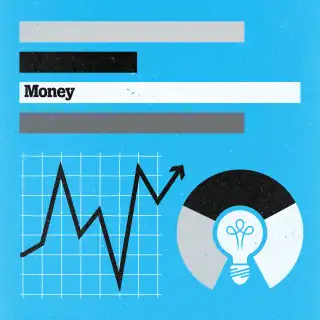How to Boost Your Savings If You're Already Retired

Q: I see all kinds of advice for folks who are still eligible to contribute to IRAs, but I am 75 and retired. What savings opportunities are there for me? — Bob in Wisconsin
A: The answer depends in part on what you’re trying to achieve, says George Clough, a certified financial planner with People’s United Wealth Management in Bridgeport, Conn.
Are you trying to maximize your retirement income for your own use?
Or are you hoping to boost savings for your heirs down the road — and are seeking to minimize taxes for them?
Saving for Yourself
If it’s the first scenario — and you want to stretch your retirement dollars — one option is to go back to work and contribute as much as you can to an employer-sponsored retirement plan, such as a 401(k). “Some people go back to work just for that reason,” says Clough, who notes that there is no age limit for contributing to a company retirement plan. “This is one way to sock away quite a bit of money.”
Since you’re older than 50 you can save up to $24,000 a year, as long as it doesn’t exceed your earned income. Plus, as long as you’re still working (and don’t own 5% or more of that company) you are not required to take a required minimum distribution on your savings with your current employer’s plan. You still need to take distributions from your other IRAs. (Oh, and if you don’t plan on working full time, make sure your company plan lets part-timers participate.)
No retirement plan at work? As long as you or your spouse have earned income — and meet the other requirements for contributing to a Roth IRA — you can contribute up to $6,500 a year to a Roth. Your contribution can’t exceed earned income for you and your spouse.
Saving for Others
If your priority is to reduce taxable income for you or your heirs, take a different approach.
As you noted, you don’t have the option of contributing to a traditional IRA because of your age – the cutoff is 70 ½. Plus you need earned income to make new contributions to a Roth.
You can, however, convert savings in an existing IRA, 401(k), or 403(b) savings to a Roth IRA. (Note: You need to be at least 59 ½ and no longer with the employer to directly convert savings in an employer plan to a Roth.)
You’ll owe income tax on the pre-tax money you convert, but your earnings and withdrawals are forever tax free and there are no required minimum distributions. “It’s a great tax strategy if you are in the sweet spot where you have enough income from Social Security and other sources that you don’t’ need added income now or possibly ever,” says Clough.
One important caveat: You cannot withdraw earnings for at least five tax years, which the IRS considers January 1st of the year you convert. Also, unlike the five-year rule for new contributions, each conversion has its own five-year holding window.